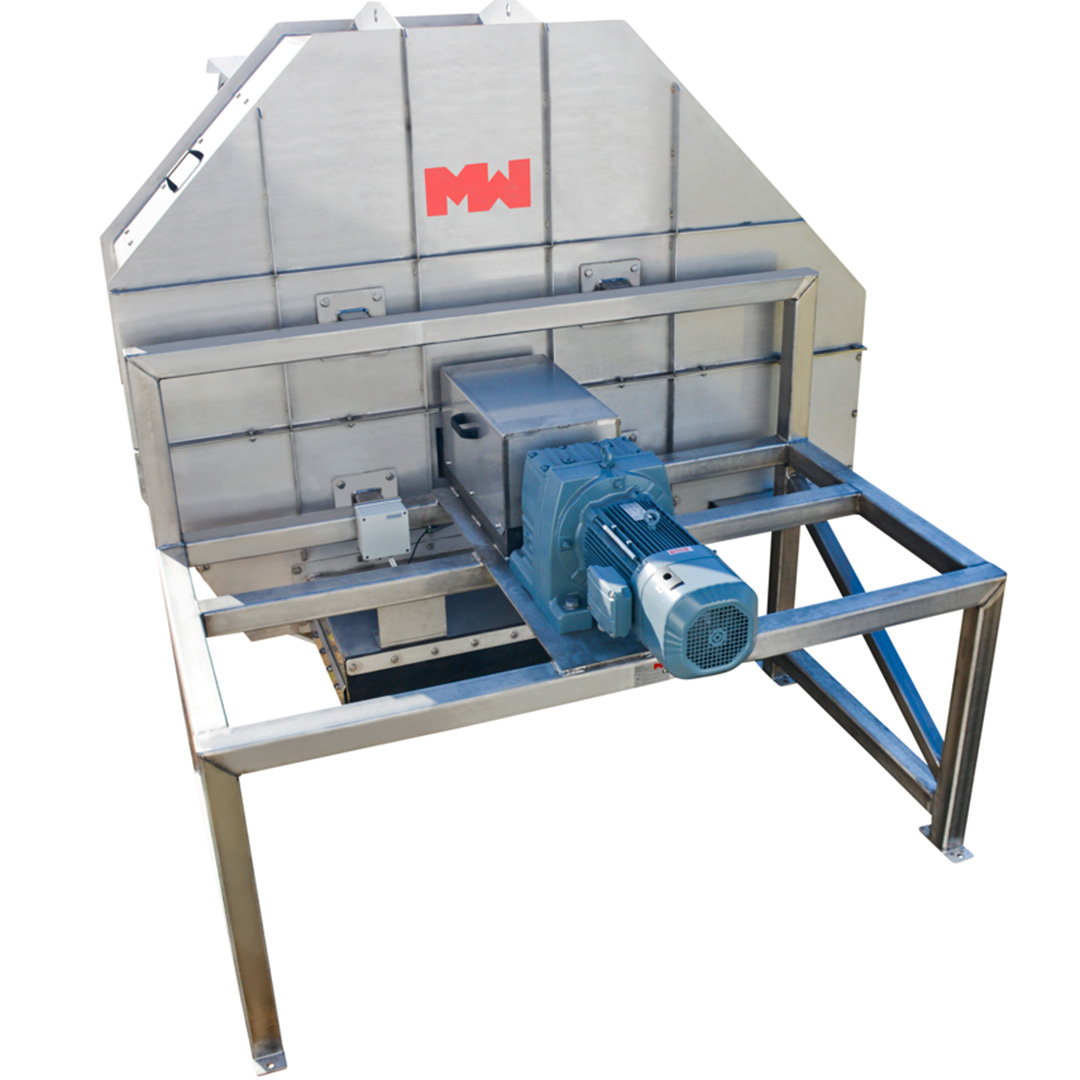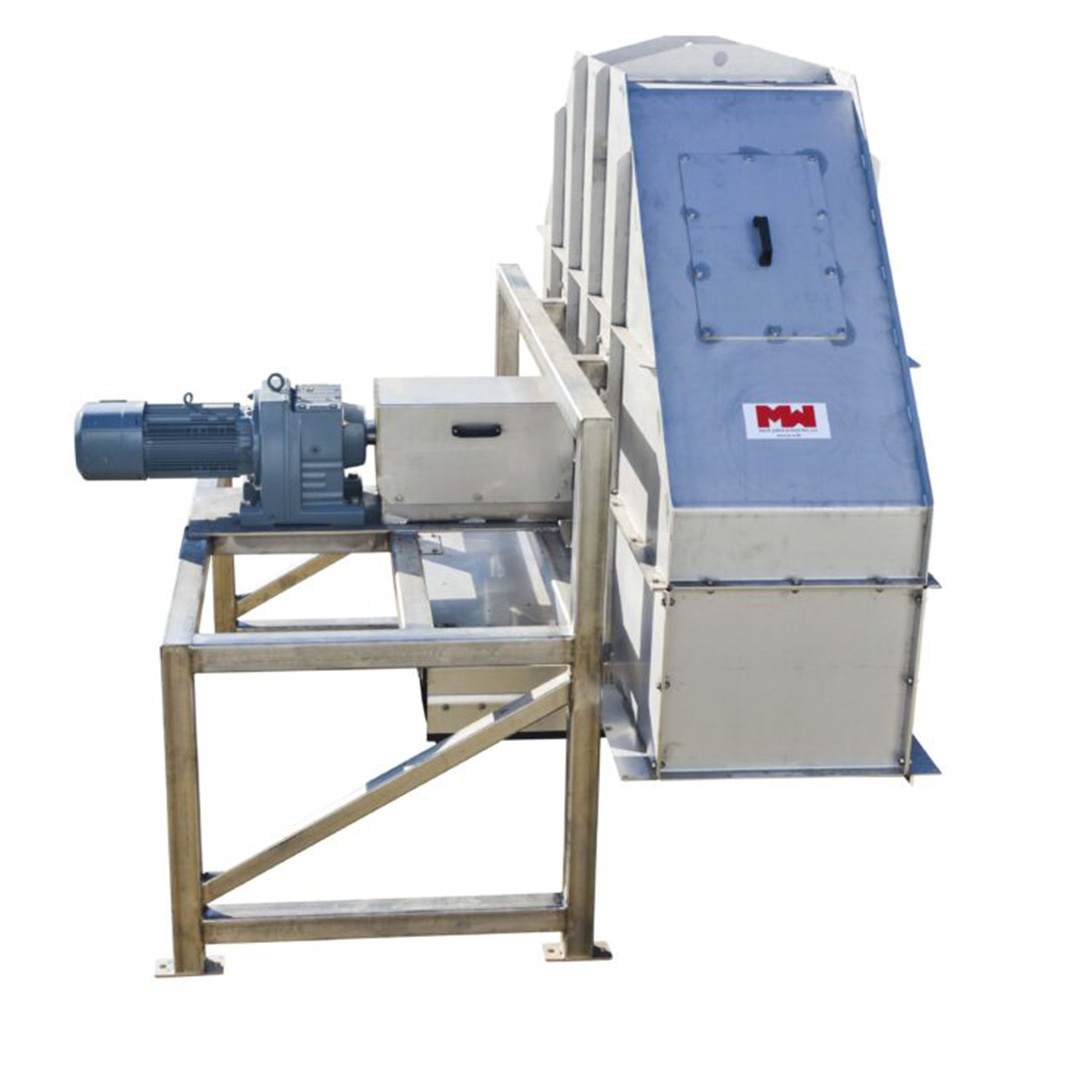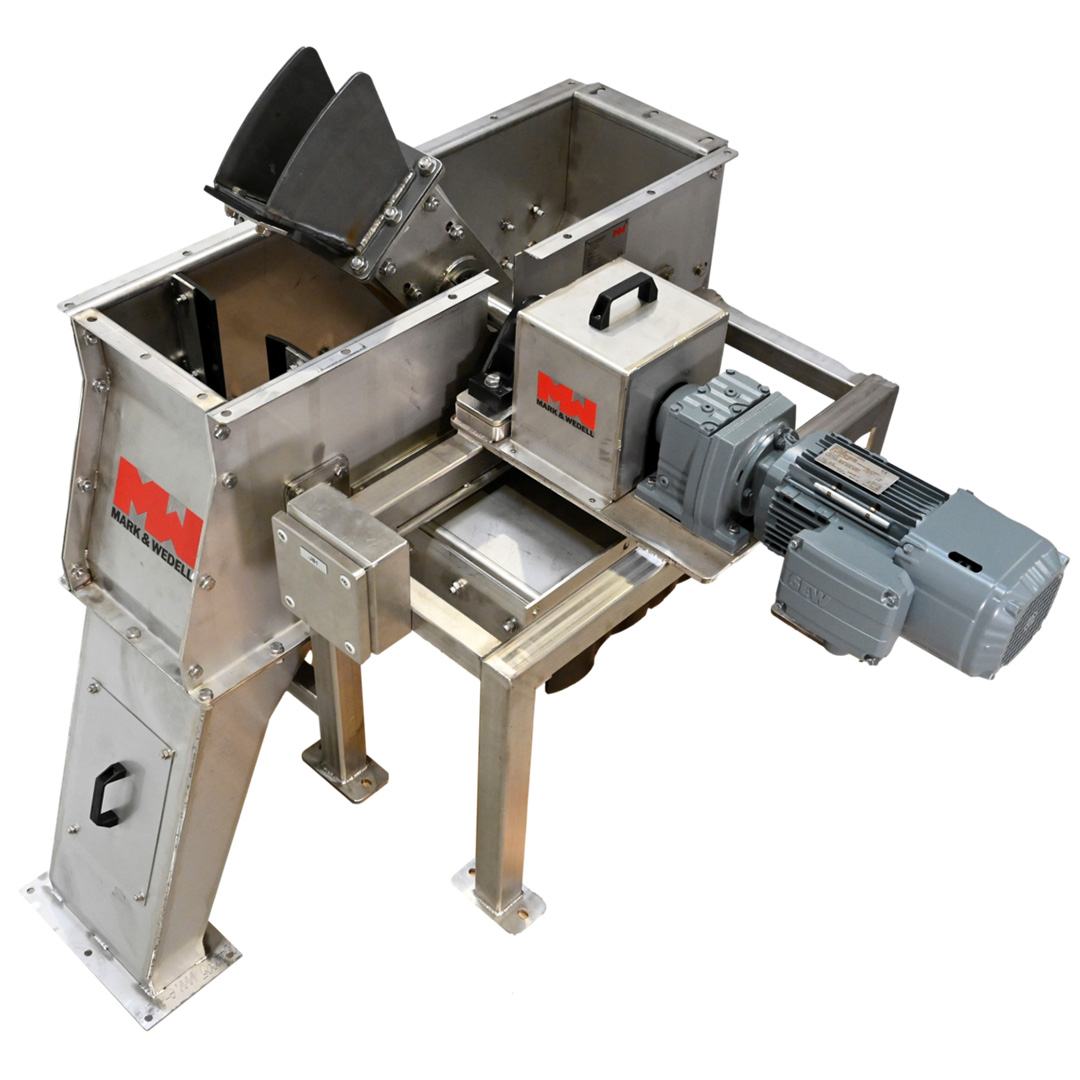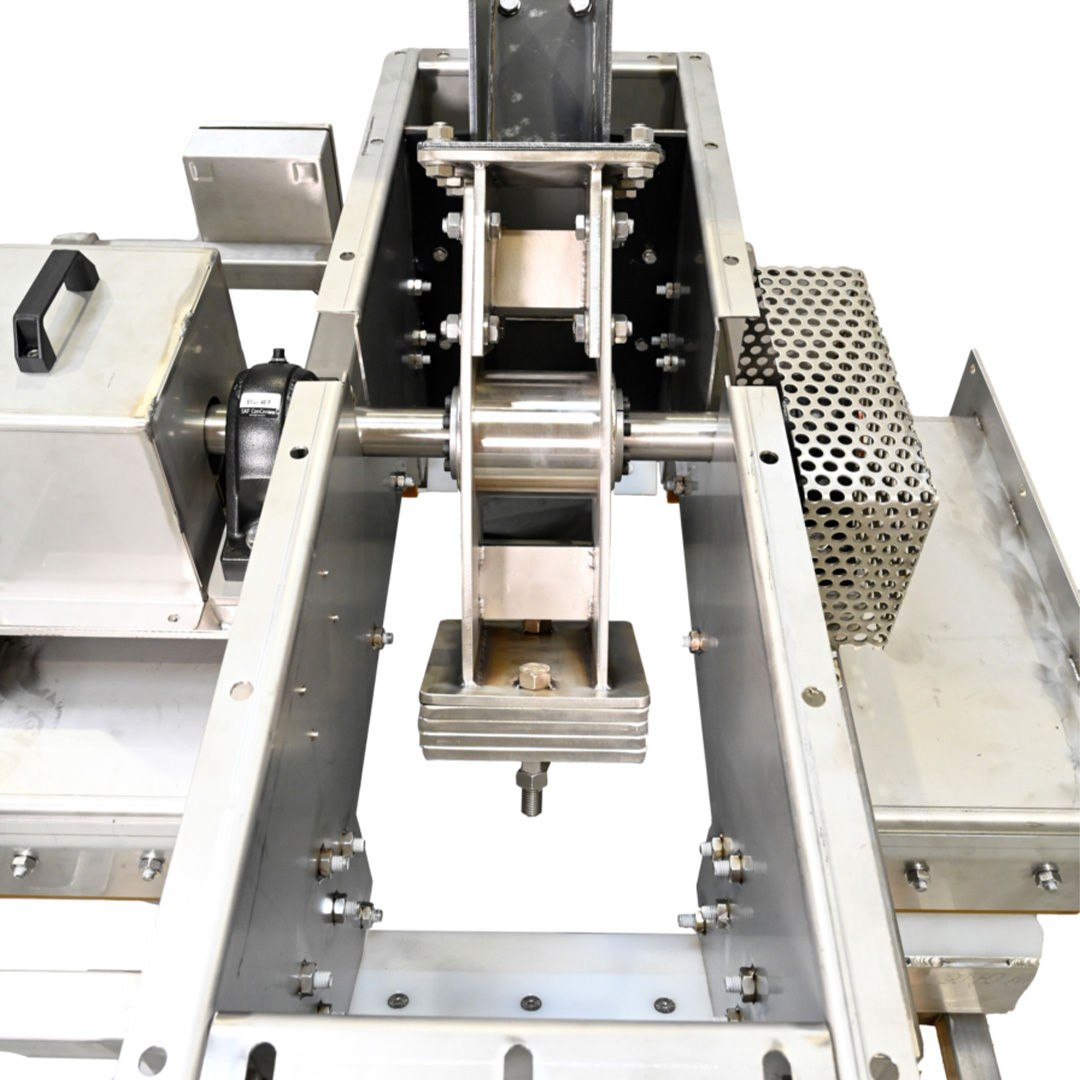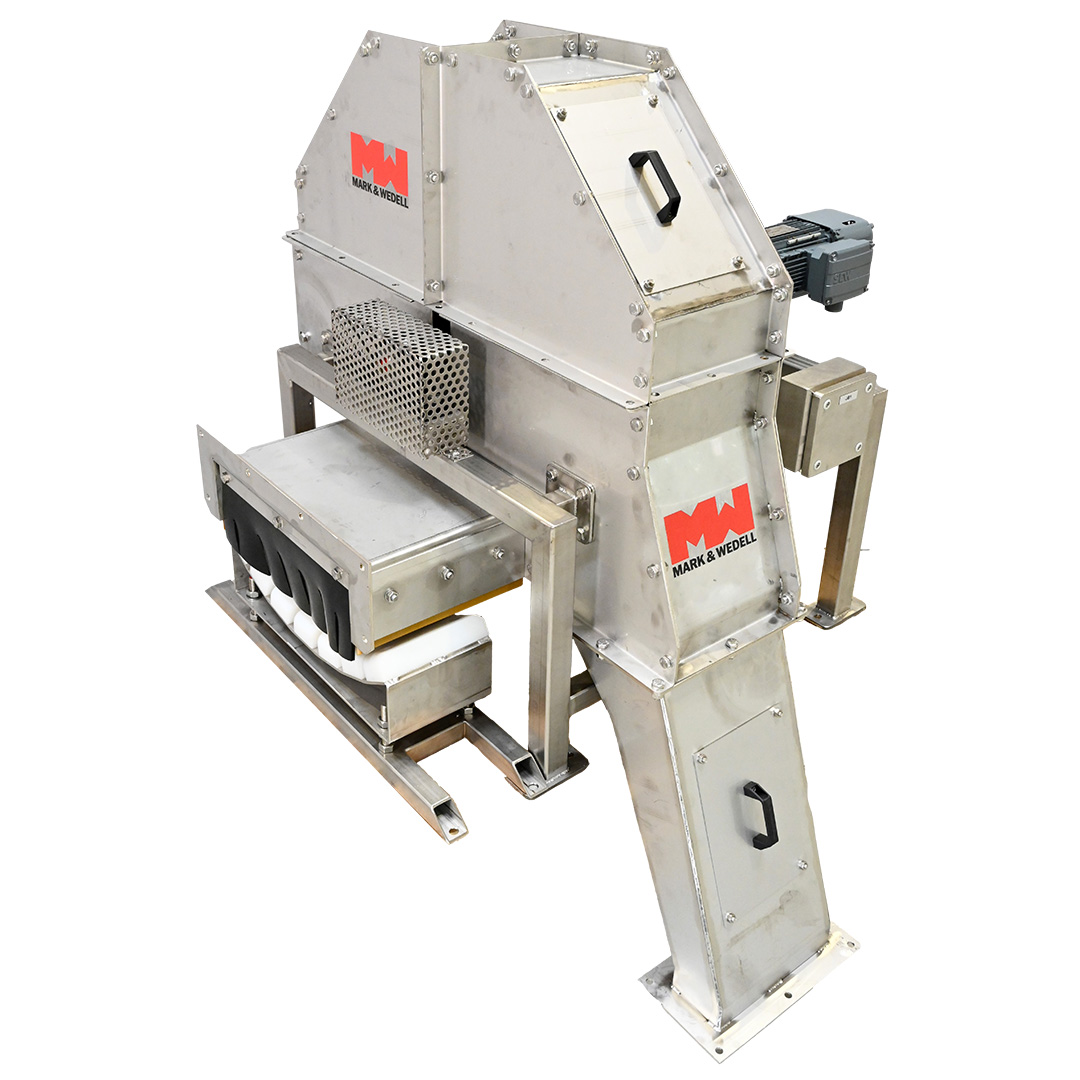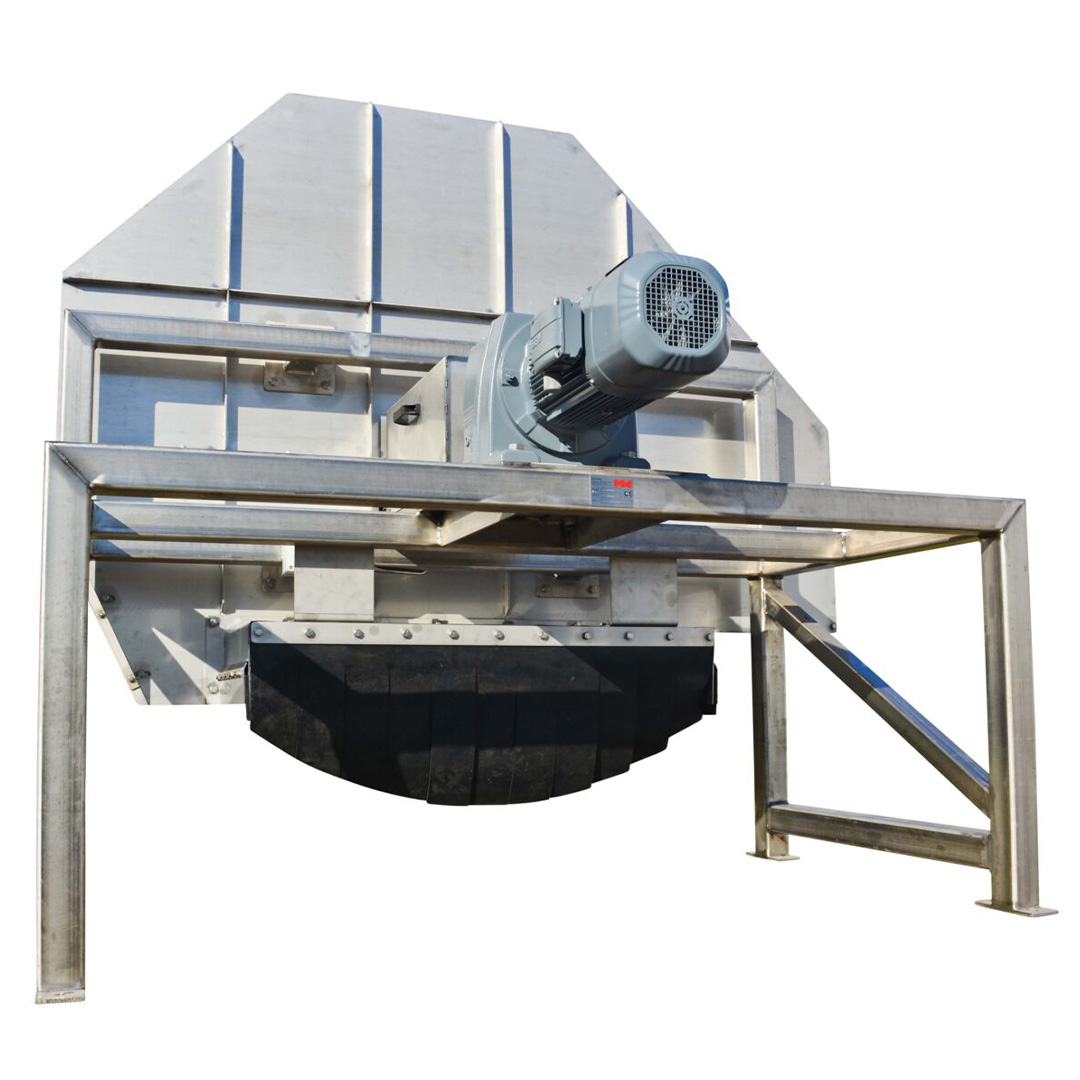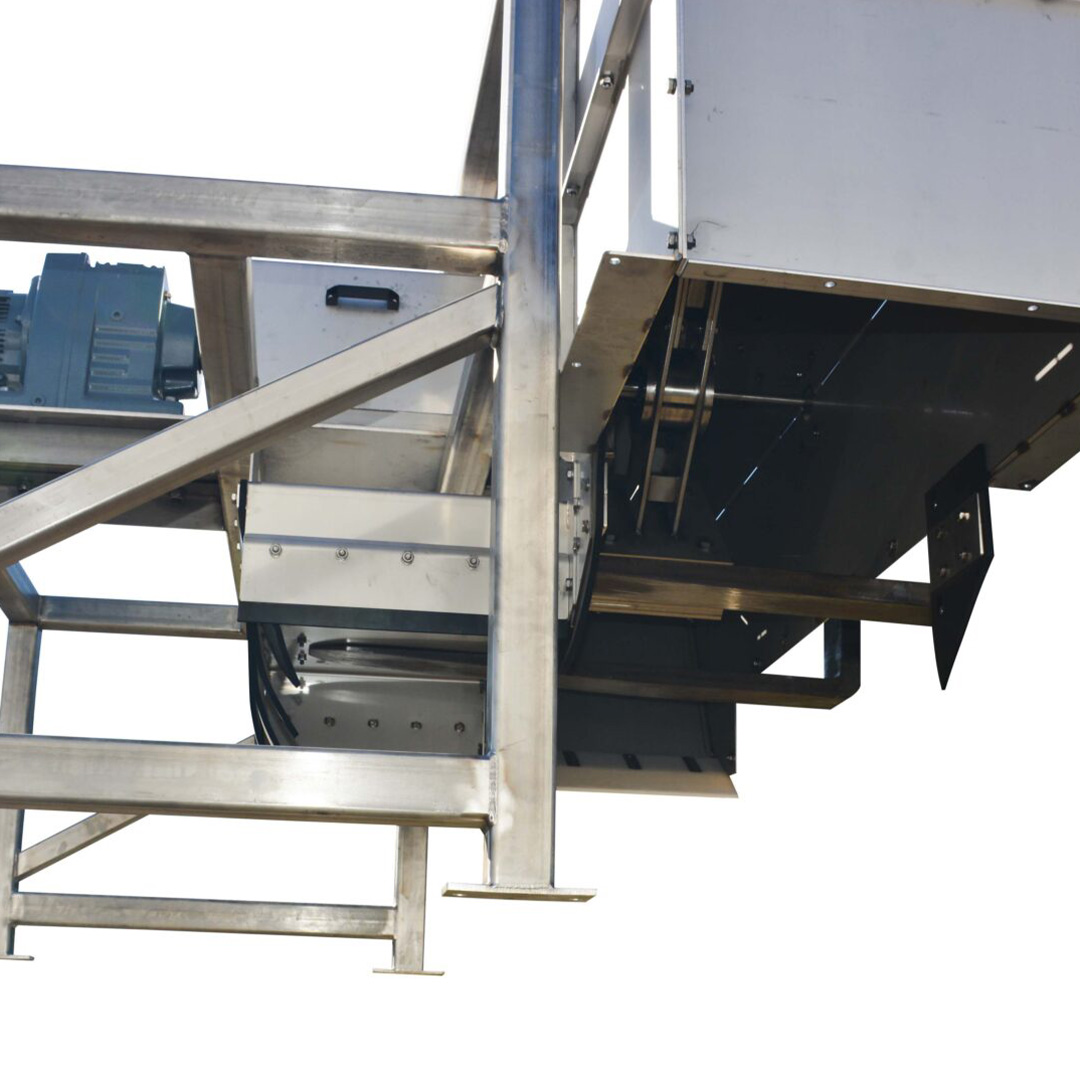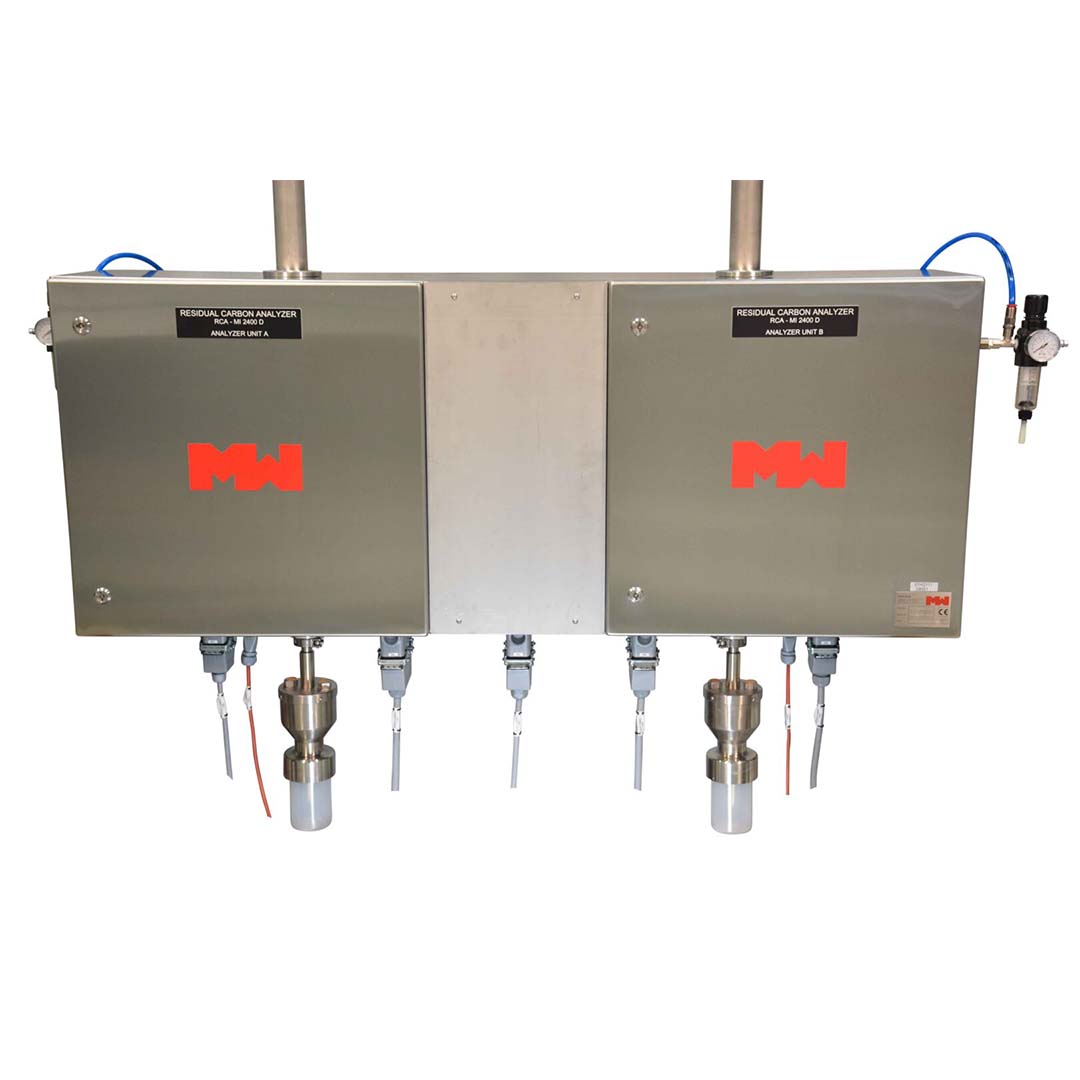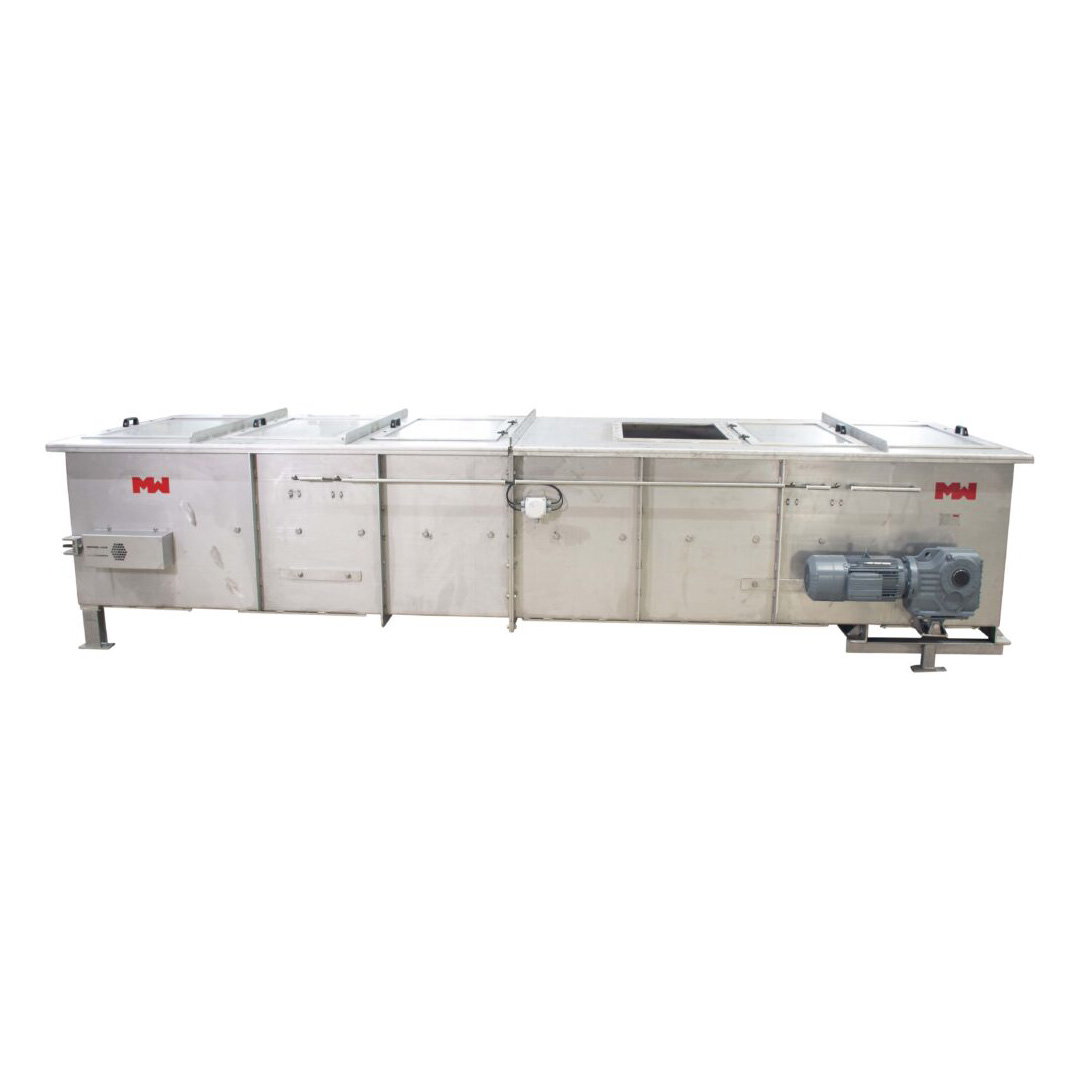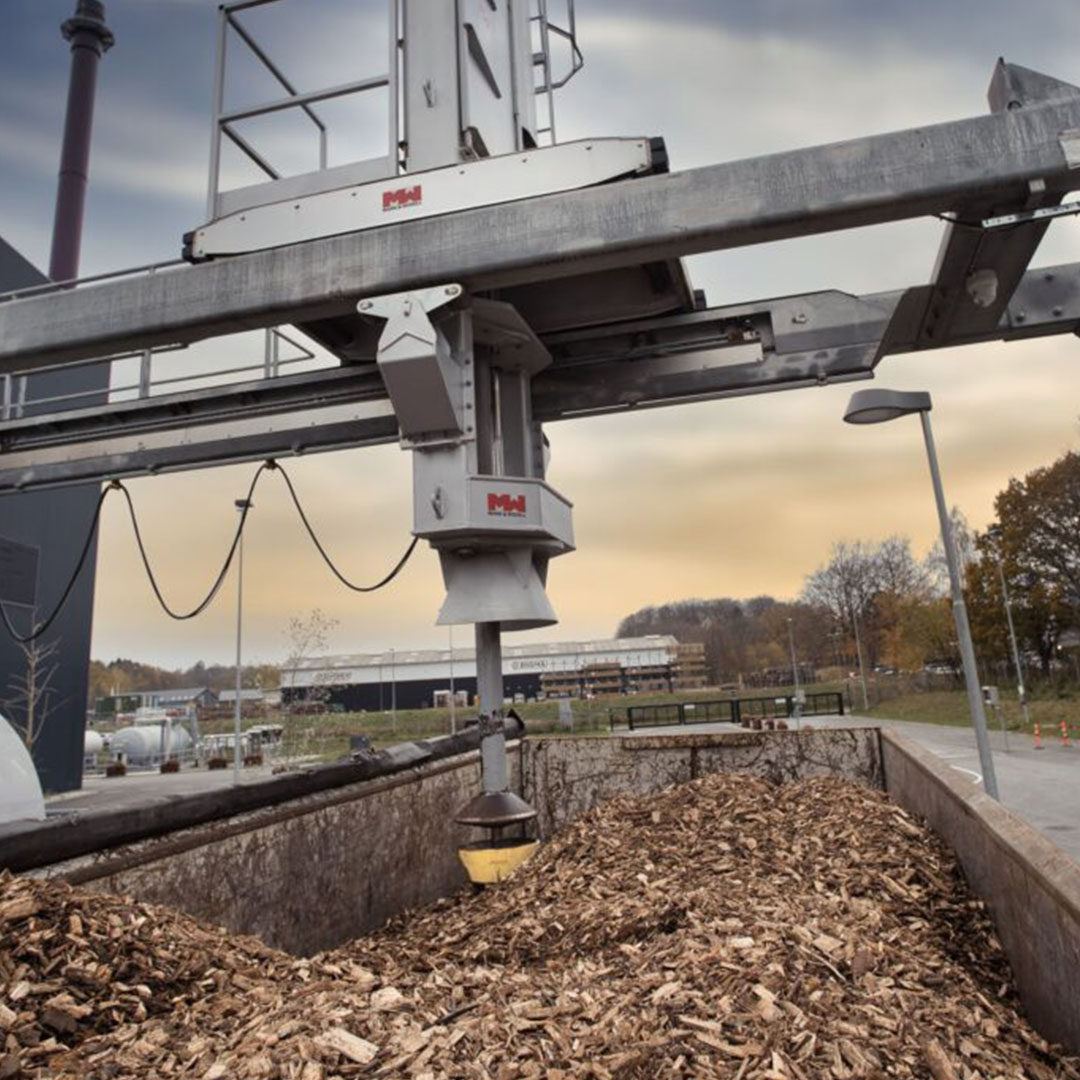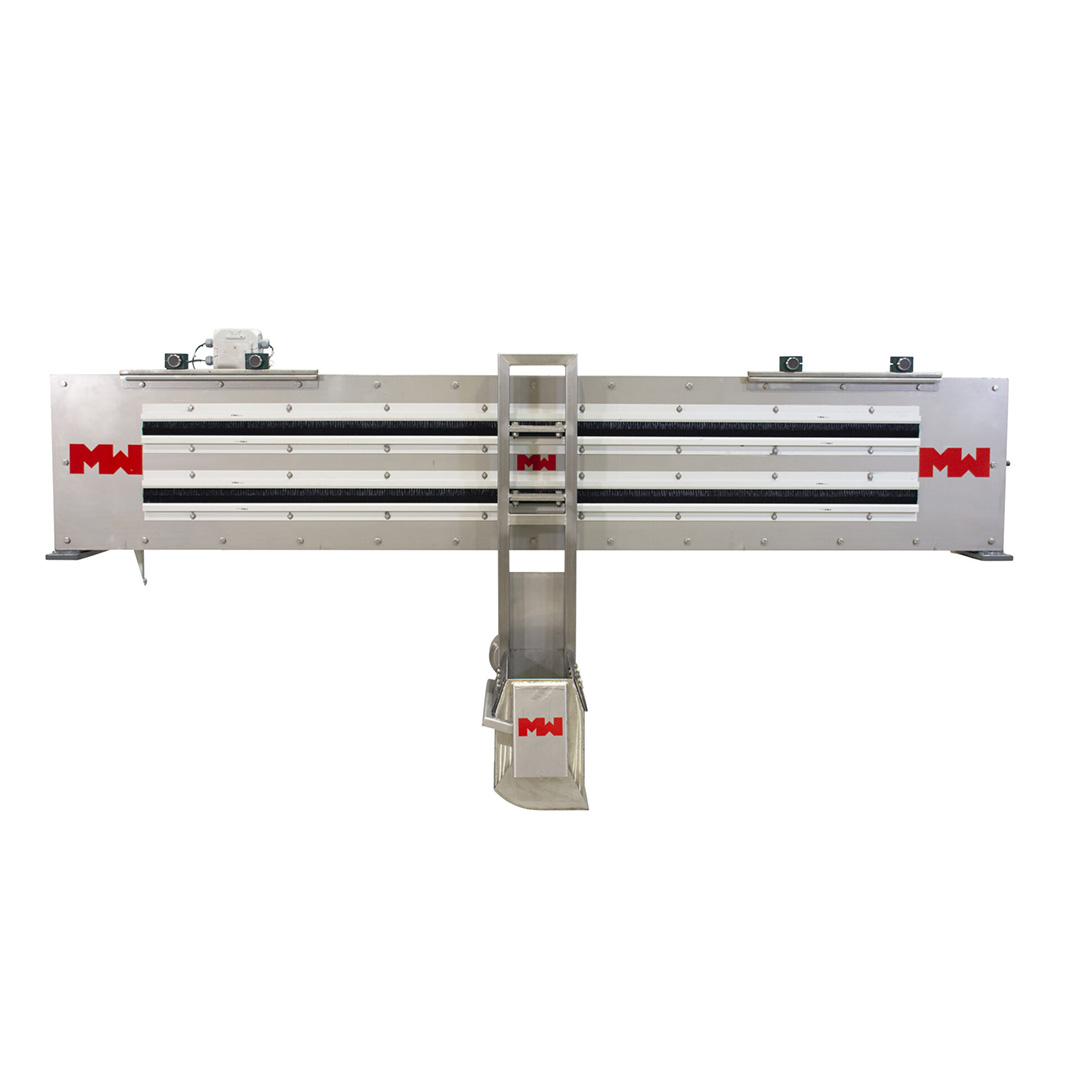Product Description
What’s the benefit?
The Cross-Belt Sampler (CBS):
- Is a cost-effective sampling solution.
- Can be customized to the client’s specific installation and material.
- Is easy to install almost anywhere along a conveyor belt.
- Is well suited as a retrofit sampler/ can be integrated on existing conveyor belts.
- Eliminates the need for hazardous and manual grab sampling and increases employee safety.
- Saves time and money allowing for sampling without belt stoppage.
- Can be modified to remove identified unwanted magnetic/metallic material from the conveyor belt.
- Meets ISO, ASTM & GOST standards.
The Cross Belt Sampler from M&W Jawo Sampling can also be known as a Hammer Sampler, however, traditional hammer samplers can often have trouble obtaining represantative samples. With 40 years of knowledge and design development, Mark & Wedell’s Jawo Sampling has developed the Cross-belt sampler that helps improve the sampling process and ensures valid and reliable data.
Mark & Wedell Jawo Sampling offers a range of Sampling Systems to suit different applications and requirements. These systems are designed to be flexible and customizable, allowing clients to choose the components that best meet their needs. Whether you need a basic belt sampler or a sophisticated automatic sampling system, M&W Jawo Sampling can provide the solution you need.
The Cross Belt Sampler is a crucial component of any cross belt sampling system. It is used to obtain representative samples of bulk materials being conveyed on a conveyor belt. These systems are essential in industries such as mining, power generation, and cement production, where accurate and reliable sampling is critical to ensuring product quality and compliance with regulations.
What does the Cross Belt Sampler do?
The Cross-Belt Sampler is designed to take an increment/cut from bulk materials being conveyed on a conveyor belt. It includes a fully enclosed housing that covers all moving parts thereby reducing spillage and increasing safety.
How does it do it?
The sampler consists of a rotating counter-weighted sample cutter which moves in a 360-degree rotation perpendicular to the material direction. The sample cutter is driven by a gear brake motor and a guiding section is supporting the conveyor belt. The cover house is equipped with hatches allowing easy inspection, cleaning, and maintenance.
When automatically or manually triggered, the sample cutter is accelerated by the electric motor to the designated velocity. It cuts through the material stream on the conveyor belt in a circular motion, following the supported shape of the belt.
The conveyer belt is supported and guided by a pair of inclined rollers or guiding plates which ensure that the sample cutter remains in maximal contact with the belt throughout the entire cut.
Furthermore, a flexible scraper is installed to ensure collection of all “fines”. The increments are then delivered to sample containers or to optional secondary sub-systems.
After leaving the cut zone, the sample cutter is slowed down to allow the collected increment to fall into the outlet chute. Internally located skirts after the cut zone close the gap to the conveyor belt to prevent spillages.
What are the technical details?
- Sample cutter: Stainless Steel (AISI304), with a carbon steel counterweight to reduce the dynamic effects on the support and cutter.
- Support frame: Painted carbon steel
- Housing: Stainless Steel plates (AISI304)
- Gear Motor: SEW with brake or similar
- Sensors: Inductive type
The Cross Belt Sampler is delivered with either a local control unit or/and is controlled by a M&W central control cabinet depending on concept and local conditions. The M&W central control cabinet consists of a motor control center, circuit breakers, PLC-system and man-machine interface.
The sampler can also be installed as part of an automated particle size analysis setup.
Options
The M&W central control cabinet can exchange signals with the client’s control system.
Nota Bene 1
A cross-belt sampler can be calibrated according to the client’s materials and local sampling conditions. M&W provides clients with a facility for quantitative tests that evaluate the sampler’s performance with the client’s materials. These tests include the Replication Experiment test and variographic characterization of process sampling performance.
Nota Bene 2
Many generic cross-belt samplers, such as the standard hammer sampler, encounter difficulties in obtaining representative samples due to non-optimal designs. The M&W cross-belt sampler design, with 40 years of development, along with its guided rollers and scrapers, is considered state-of-the-art.

